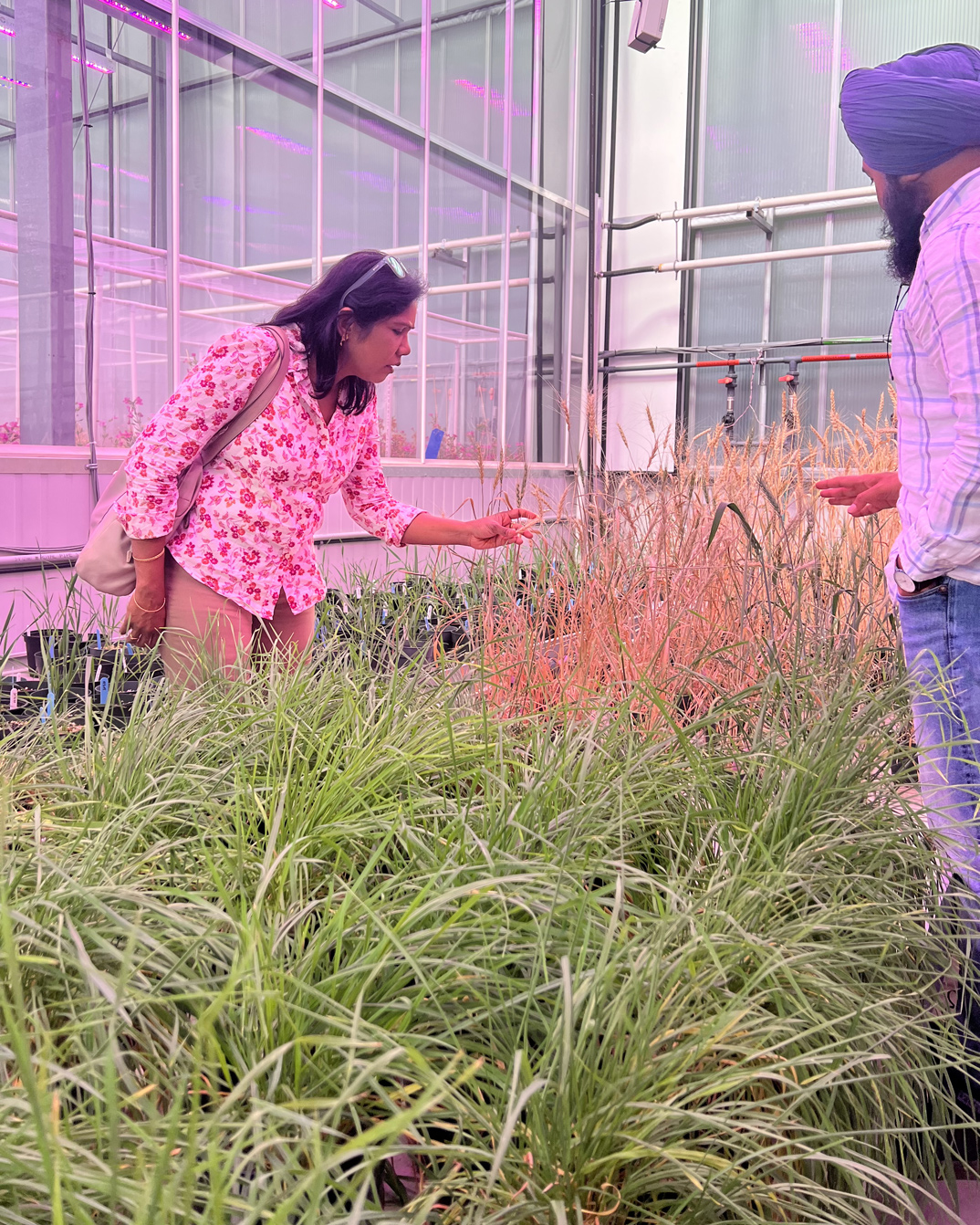U of A researchers help solve the mystery of the global rise of wheat and bread through genetics research
14 August 2024

A collaborative study by the Open Wild Wheat Consortium (OWWC) sheds light on how bread wheat became one of the most successful crops on the planet, while many others have disappeared or can only be grown in particular areas.
Bread wheat, as we know it, appeared in the Fertile Crescent sometime between eight and eleven thousand years ago, thanks to interbreeding between durum (pasta) wheat and a wild grass, Aegilops tauschii; revolutionizing agriculture and the human diet. As this interbreeding was originally believed to only have happened once and no wild bread wheats exist, it was puzzling to conceptualize the prolific spread of bread wheat across the globe instead of remaining local to the Fertile Crescent.

To understand where the genetic diversity that allows wheat to be so adaptable as a crop came from, international researchers worked together to map the genome of Aegilops tauschii and analyze the 80,000 bread wheat landraces - locally adapted varieties - from around the world. Multiple researchers from the Cereal Breeding Lab (CBL) at the University of Alberta played a critical role in this analysis by providing and analysing data from different plant tissues (root, leaf, shoot, and head) that made it possible to accurately identify the 40,000+ genes in the different Aegilops tauschii genomes and compare them with wheat, as well as studying the phenotypes of individual plants.
The resulting data showed that only around 75% of the bread wheat D-genome is derived from the lineage (L2) of Aegilops tauschii, which originates from the southern Caspian Sea. The remaining 25% of its genetic make-up is derived from other lineages across its range. This genetic diversity allowed the global expansion of bread wheat, and indicates that there was much more interbreeding between ancestral wheat than previously thought. Indeed, an important gene which controls gluten content and makes bread wheat suitable for use in baking was discovered to originate in a much less-studied lineage (L3), which originates in the Caucasus region far from the Fertile Crescent.
“In addition to better understanding history, this data can help wheat breeders research new climate resilient genes, or disease resistance genes that protect against traditional diseases like wheat rusts by investigating the under-represented genes from Aegilops tauschii which are present in nature but not in cultivated bread wheat,” said Professor Brar.
Origin and evolution of the bread wheat D genome appears in Nature.